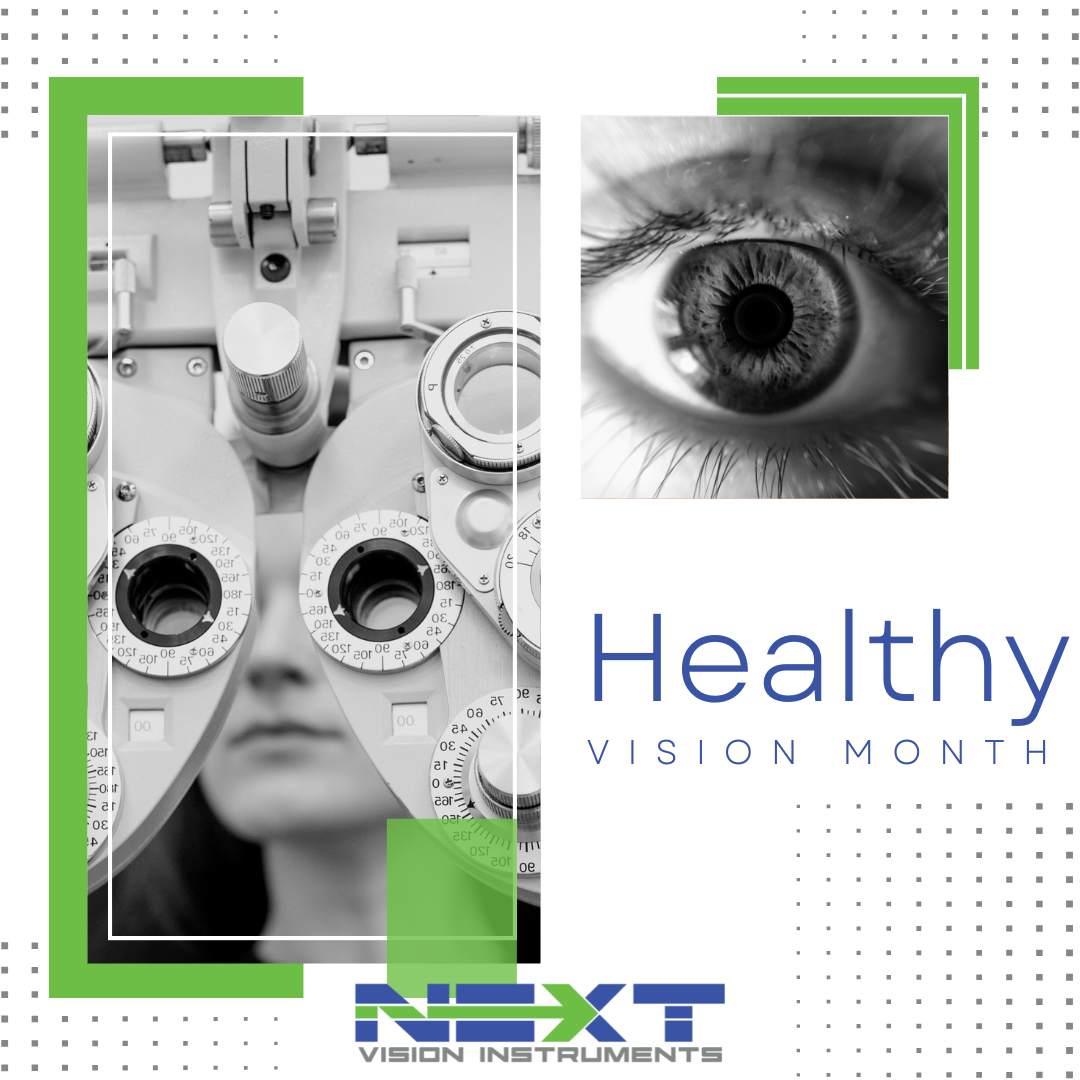Understanding Healthy Vision Month: A Comprehensive Guide

Understanding Healthy Vision Month: A Comprehensive Guide
May, the gateway to summer, brings with it not just blooming flowers and warmer days, but also Healthy Vision Month. This annual observance, spearheaded by the National Eye Institute (NEI), serves as a reminder of the importance of maintaining good eye health and the proactive steps we can take to protect our vision. In this comprehensive guide, we will delve into the essence of Healthy Vision Month, explore common vision issues, and provide insights on how to preserve and enhance your ocular health. Healthy Vision Month is an important campaign, aimed at increasing awareness about eye health, promoting early detection of vision problems, and emphasizing the significance of regular eye check-ups. The initiative encourages individuals to make their eye health a priority and helps them understand the potential risk factors and preventive measures associated with common eye diseases.
The Eyes Have It
The human eye is a marvel of biological engineering. Its intricate structure, composed of several essential parts like the cornea, iris, pupil, lens, and retina, works in harmony to provide us with the ability to see. Yet, despite its complexity and importance, eye health is often overlooked in our day-to-day lives. A significant number of people worldwide experience eye health issues. These range from common vision problems such as myopia (short-sightedness), hyperopia (long-sightedness), and astigmatism, to more serious eye diseases like glaucoma, macular degeneration, cataracts, and diabetic retinopathy.
Common Vision Problems: A Closer Look
Myopia and hyperopia are refractive errors, meaning the eye doesn't correctly bend, or refract, light as it enters the eye. Myopia results in difficulty seeing distant objects, while hyperopia affects the ability to see close objects. Astigmatism, another refractive error, causes distorted or blurry vision due to an irregularly shaped cornea. More serious eye diseases such as glaucoma, macular degeneration, cataracts, and diabetic retinopathy can lead to partial or complete vision loss if not detected and treated early. Glaucoma, often associated with a buildup of pressure in the eye, can damage the optic nerve, leading to vision loss. Age-related macular degeneration (AMD) affects the central vision, hindering abilities such as reading and recognizing faces. Cataracts cloud the eye's lens, leading to impaired vision, while diabetic retinopathy, a complication of diabetes, can cause damage to the blood vessels of the retina.
Vision Care: Proactive Measures
Now that we have a better understanding of some common eye issues, let's discuss how we can protect our vision. Healthy Vision Month is the perfect opportunity to reevaluate our eye care habits and incorporate proactive measures into our routine. 1. Regular Eye Check-ups Annual eye exams are crucial, even if you believe your vision is perfect. Comprehensive eye exams can detect vision problems and eye diseases in their early stages when they're often easier to treat. 2. Proper Nutrition A balanced diet rich in fruits, vegetables, and lean proteins can support eye health. Nutrients like omega-3 fatty acids, lutein, zinc, and vitamins C and E might help ward off age-related vision problems. 3. Protection from UV Rays Sunglasses are not just a fashion accessory; they protect your eyes from harmful ultraviolet rays. Look for sunglasses that block out 99 to 100 percent of both UV-A and UV-B radiation. 4.Avoid Eye Strain In the digital age, many of us spend hours staring at screens, leading to digital eye strain. Follow the 20-20-20 rule: every 20 minutes, look at something 20 feet away for 20 seconds. This can help reduce fatigue and strain. 5. No Smoking Smoking is as bad for your eyes as it is for the rest of your body. It increases the risk of developing cataracts, macular degeneration, and damage to your optic nerve. 6. Physical Exercise Regular physical exercise can help prevent conditions like diabetes and high blood pressure, which can lead to vision problems. A brisk walk, a session of yoga, or any other form of exercise can contribute to your overall and ocular health. 7. Know Your Family History Many eye diseases are hereditary. Knowing your family's eye health history can help you take preventive measures if you are at a higher risk.
Embracing Healthy Vision Month
Healthy Vision Month is more than just a call to action—it's an opportunity to bring communities together to focus on ocular health. Schools, workplaces, health organizations, and communities can organize eye health awareness events, seminars, or free eye check-ups to promote the importance of good vision. The key message of Healthy Vision Month is that simple steps can go a long way in maintaining healthy eyes. Ensuring regular eye exams, adopting a healthier lifestyle, and being aware of the signs and symptoms of vision problems can make a significant difference. This May, let's celebrate Healthy Vision Month by pledging to take better care of our eyes—not just for a month, but as a lifelong commitment.
The Road Ahead
As we acknowledge Healthy Vision Month, we must remember that the journey towards better eye health does not end in May. Maintaining good vision requires consistent efforts and a proactive approach. Eye health should be an integral part of our overall health strategy. After all, a clear vision leads to a clear perspective of the beautiful world around us. In conclusion, Healthy Vision Month serves as an annual reminder to make our vision a priority. By understanding common eye conditions, adopting preventive measures, and scheduling regular eye check-ups, we can significantly contribute to our ocular health. Let's take this opportunity to appreciate the marvel of sight and ensure we do everything in our power to protect it. As the saying goes, "The eyes are the window to the soul," and with a little care, we can keep this window clear and vibrant for years to come.
